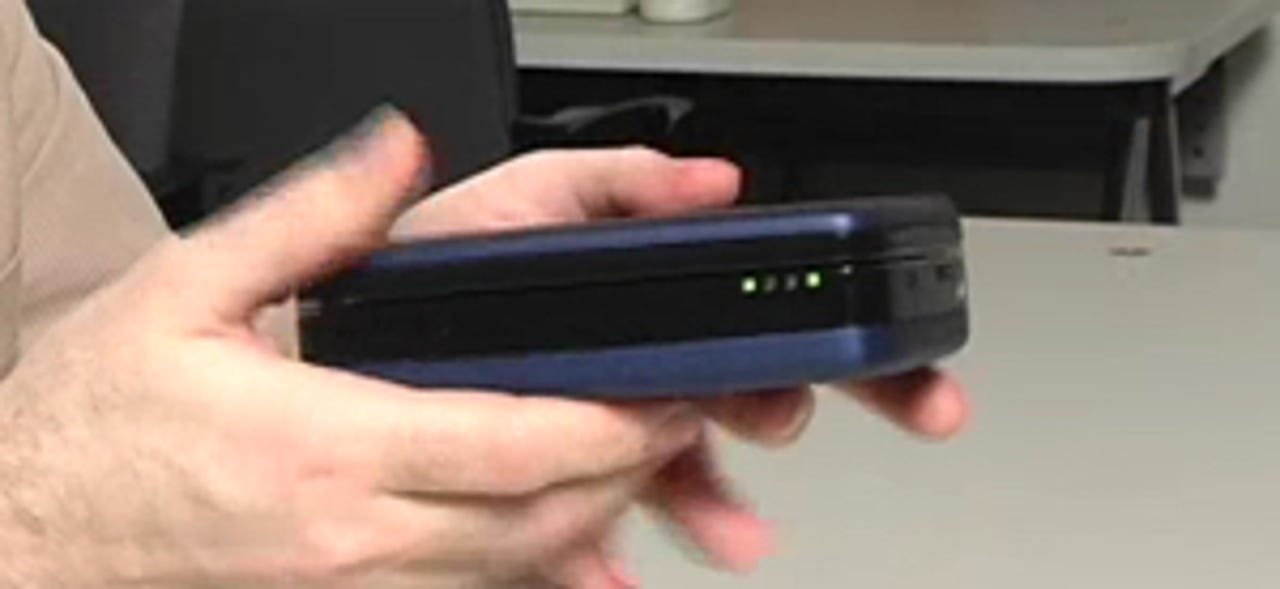A look back at the failed FlipStart mobile PC by Microsoft cofounder Paul Allen


Vulcan FlipStart
In the early 2000s not many outside of the tech media were giving much thought to mobile computing, other than laptops. The smartphone had yet to appear in numbers and the iPad was years away. This seemed ready to change with word leaking out in 2003 that Microsoft cofounder Paul Allen was planning to build a mobile PC.
Word kept appearing from time to time about the mobile PC from Allen's company Vulcan until 2006 when the FlipStart PC made its appearance. I was able to get my hands on one long before then and it was an impressive feat of design and engineering.
What Vulcan did with the FlipStart was shrink a laptop to a handheld size. It was built with hardware components common from that time, including an Intel Pentium M processor, 512MB of RAM, 30 GB HDD, and a 5.6-inch display (1024x600).
This was all built around Windows, as there was little other choice at the time. The blue clamshell was attractive but not very mobile given the almost two inch height. When you factored in the 1.75 pound weight, you had a PC that while much smaller than the laptop of the day was not very portable.
This was clear to me when I took the FlipStart on a trip to Seattle. I handed it to a friend who couldn't wait to see it and he dropped it to the marble floor, not expecting it to be so heavy. Fortunately, aside from a minor dent in the case the FlipStart was unaffected by the drop.
FlipStart
The FlipStart was expensive at $1,999 at launch. Shrinking a full PC and dealing with heat issues were not cheap.
The device had a QWERTY keyboard with tiny chiclet keys, complete with a full yet tiny trackpad. There was a small display on the closed lid that was a proprietary way (not Windows SlideShow) to check email without firing up Windows.
While enthusiasts would generally get excited when shown the FlipStart, regular consumers were not impressed. The enthusiast would often mention how impressive it was to have a full Windows PC in the small form, but the consumer would often ask why that mattered. It seemed a tiny two thousand dollar device that could run full Windows didn't impress most people.
That was ultimately the problem the FlipStart couldn't solve. While you could run any Windows program on the device, it wasn't very practical. Trying to run apps designed for a much bigger screen than that of the FlipStart was frustrating and sometimes didn't work at all. Most people who tried one ended up using it for email. A $2,000 email device.
Vulcan realized immediately upon release that it was never going mainstream as desired. It stopped production and began a series of price reductions. The final price was $699 and Vulcan said at that time that it was selling off remaining inventory. It promised to support the FlipStart for a year after purchase, after which support was the buyer's problem.
The FlipStart only lasted on the market for a year. It was clear that consumers didn't care much for running Windows on such mobile devices. What was needed was a mobile device that could run on hardware designed for such a purpose. In a few months the iPhone would hit the scene, and the mobile space would take off as never before.